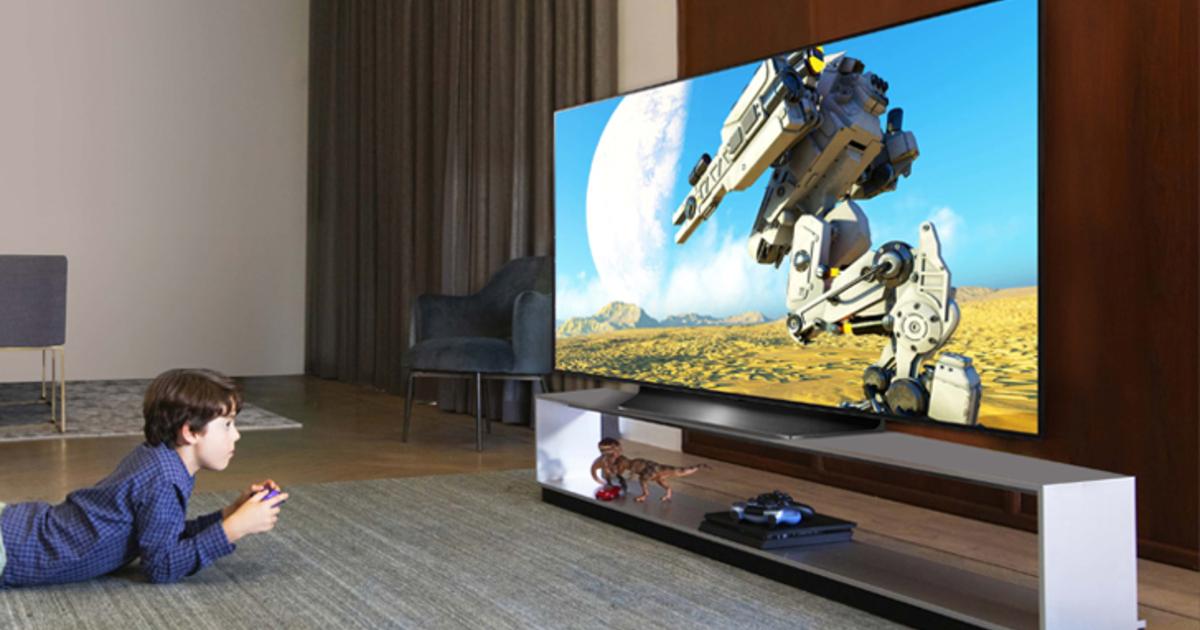Off to the new Freising Diocesan Museum: a divine show!
Created: 09/30/2022, 19:15
By: Katja Kraft
Stephan Rottaler depicted the suffering of Christ in “Christ in Rest” around 1530 – and with it the suffering of all people.
© Sven Hoppe
The diocesan museum in Freising shines in new splendor after nine years of general renovation.
And inspires with art that not only touches Christians deeply.
Our excursion tip!
Arnulf Rainer painted over the cross.
Hand slapped blood red paint directly onto the crucifix shaped canvas.
beaten.
Full of anger.
And sadness.
And faint.
About this slovenly, disgusting death.
Take this, mortality.
Take this, hope for a savior.
“Memento mori” means that all other loved ones are also mortal.
animals, plants.
Nature makes no difference.
Neither does God.
Or is it?
A cross with the cross: Arnulf Rainer's "Cross painting".
© kjk
Arnulf Rainer peppered his picture with doubts and questions.
It now hangs in the new Diocesan Museum in Freising, one may say so.
And there it hangs appropriately.
Director Christoph Kurzder and his team have repeatedly integrated contemporary works into the permanent exhibition between works from the Gothic and Baroque periods.
Like bridges that create a transition between what seems past and today.
In reality, of course, the two belong together.
One affects the other.
The museum organizers have integrated contemporary works such as this one by Neo Rauch, born in 1960, into the permanent exhibition.
© Rainer Lehmann
That is exactly what is so brilliant about this show: as a viewer, you empathize with what the viewers must have felt centuries ago.
It doesn't matter whether you are a Christian yourself.
Art goes straight to the heart and from there sends a large portion of knowledge into the brain.
In view of the almost unbelievable Freisinger art treasures from several centuries, one understands once again the origin of all religious belief.
Whether Jewish, Muslim, Buddhist – it is always based on the deeply human desire for explanations.
For hope, encouragers.
A figure of light.
The Christian shines in all its splendor in the baroque hall.
Jesus Christ, the perfect man.
The Virgin Mary stands at the beginning of the tour
But his mother is the first to do it.
Room one: Maria welcomes us.
Yes, all of us.
And with that, Kurzder and his employees make an announcement: Every human being is born of a woman.
That connects us to each other.
Second, we must all die.
In between - so much life.
Basically, the first room of the permanent exhibition, which is well worth seeing, summarizes the essence of the collection with just a few works.
The Madonna with two angels (Ulm, around 1510) is the starting point.
Then it's a quick run through Jesus' and all of our lives.
Birth, ministry, passion, death.
Yes, that's how it is, the short version of our earthly existence.
what is the human?
One who is aware of it.
Caravaggio's "Medusa" can be seen in the special exhibition of the Freising Diocesan Museum until January 2023.
© kjk
The collection focus of the house, which can now show what it has on 2500 square meters of exhibition space, is on Alpine Gothic and Baroque art;
around 3000 objects from the Byzantine period have been added.
By gently integrating them into the show, it becomes clear that East and West are based on a common tradition.
Here, too, the commonality is in the foreground.
It is the common thread that runs through the tour.
Architecturally, it is the large, arched windows that flood the rooms with light and from which you can see Freising from the best location.
Weihenstephan greets from afar.
Saint Corbinian, the city's patron saint, salutes from Jan Polack's 15th-century paintings.
In "Death of St.
Korbinian" you can see one of the first views of Freising in the background.
It is on loan from the Bavarian State Painting Collections.
A treasure that has found a suitable home.
also read
Grandiose violin spectacle: David Garret rocks the Olympic Hall
"Nothing New in the West": Netflix film is in cinemas
View of the hall with the impressive door by the Asam brothers.
© Lehmann
In the next room, the former front door of the brothers Cosmas Damian and Egid Quirin Asam is impressive.
Anyone who has ever stood in the Asam Church they created in Munich and was almost overwhelmed by so much ornamentation, splendor and glory will now be served this insane craftsmanship in fine doses.
Impressed one looks at the carvings.
Death crouches lower right;
and even if an angel snatched the scythe from him – he is still there.
Surrounded by figures of saints by other artists.
One can find them ridiculous, childish, as witnesses of another time, which we so reasonable progressive people have long since outgrown.
Or we surrender to all of this and realize: There is nothing ridiculous about it.
But deeply human.
My god what a museum.
Diözesanmuseum Freising, Domberg 21. On October 2nd and 3rd, 2022 from 10 a.m. to 6 p.m. there will be an open day (admission free); From October 4th, the museum will be open Tuesday to Sunday from 10 a.m. to 6 p.m.















